Understanding Black Friday 2024: European market trends and challenges
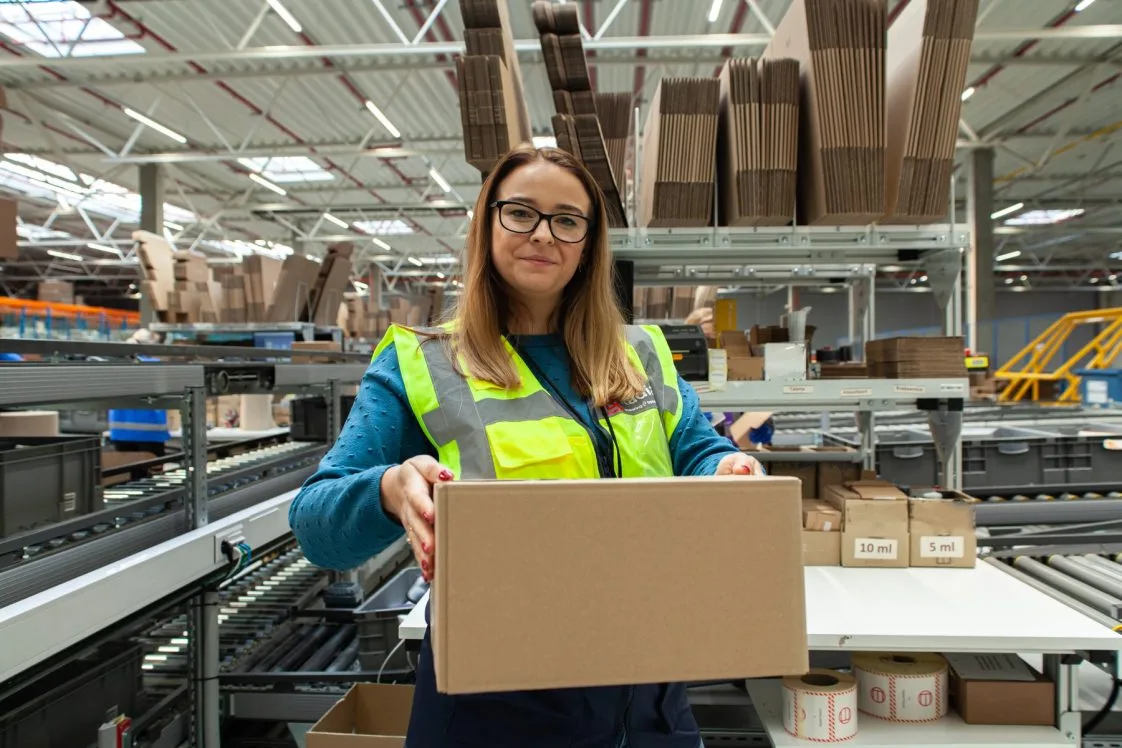
Black Friday, set to take place on November 29, 2024, marks one of the most anticipated shopping days of the year. In the United Kingdom, where sales have continued to grow in recent years, consumers are expected to spend a total of over nine billion British pounds throughout the Black Friday weekend, according to Statista.
Originating in the United States during the mid-20th century, Black Friday traditionally follows Thanksgiving Day, serving as the unofficial kickoff to the holiday shopping season. Black Friday in Europe reflects both regional adaptation and global trends. Countries like the UK, Germany, France, Poland and Spain have fully embraced the day, often extending the sales into “Black Week” or even “Black November.” The event has transformed the retail calendar, encouraging a blend of online and in-store promotions, with European shoppers increasingly turning to online platforms for convenience and competitive pricing.
European consumers’ shopping habits on Black Friday
PricewaterhouseCoopers (PwC) prepared a report titled “Black Friday in Europe: A Country Comparison,” based on a survey conducted at the end of September 2024. The report highlights European consumers’ key trends and shopping habits, shedding light on how they plan to spend and what factors influence their decisions.

Average Black Friday spending
On average, consumers across Europe expect to spend around €277, with notable differences by country: €233 in France, €277 in Germany, €229 in Italy and €214 in Poland. Nearly half of Europeans (49%) aim to maintain the same spending levels as last year, while 30% plan to spend more, and 22% expect to cut back. Stability in spending is more common in countries like France (52%), Italy (50%), and Ireland (46%), where many consumers cite tighter budgets. In contrast, only 39% of German consumers are as cautious with their spending.
Planned purchases
The majority of consumers take a targeted approach to their purchases. Most European shoppers plan to make purchases, in Poland more than half of consumers start preparing for Black Friday in advance by building a shopping list. However, despite planning ahead, 23% of Polish customers bought at least one item on impulse last year. Consumers in Germany, France, Italy and Spain presented similar levels of behaviour. Europeans buy for themselves (83%), with 70% intending to purchase for family members or friends.
Online vs. offline shopping
Online shopping plays a dominant role during Black Friday and Cyber Monday, with 56% of the average budget going toward online purchases for home delivery. In-store purchases account for 33% of spending. Germany leads online shopping, with 68% of consumers prefer home delivery. However, physical stores remain essential, as 73% of Europeans value online and in-store shopping options. When researching deals, retailer websites are the primary resource for 72% of consumers, followed by visits to multi-brand stores (30%) and brand-specific websites or search engines (26%).
Popular categories
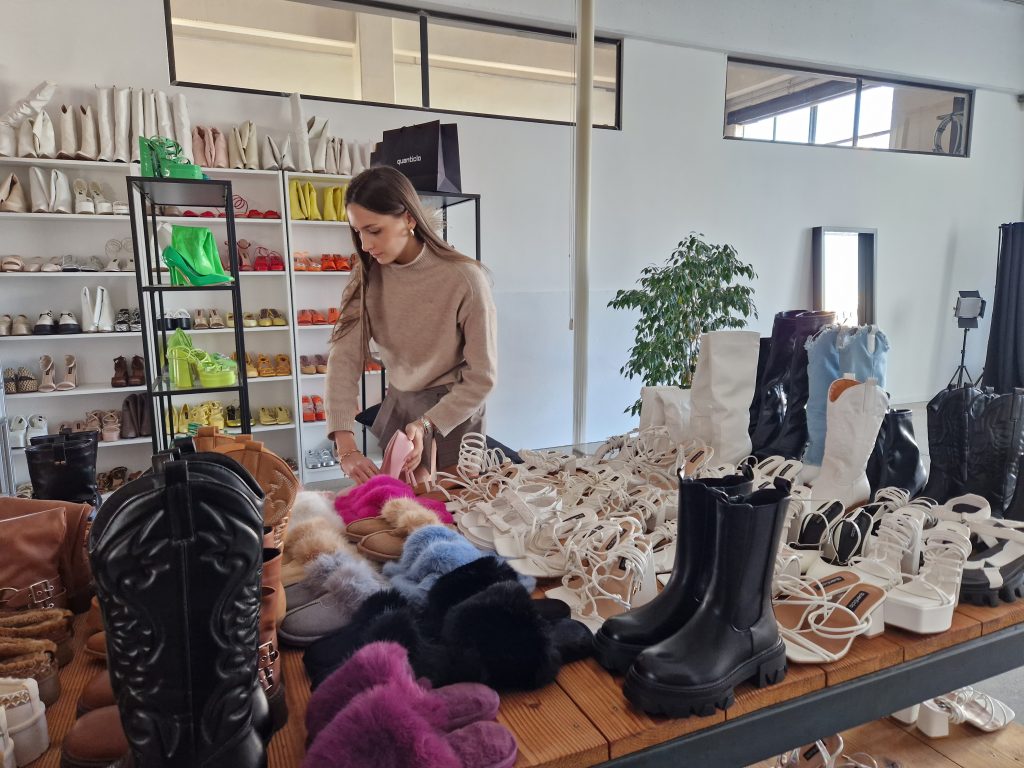
Electronics and clothing are the most sought-after product categories, with shoppers in Italy and France particularly focused on these items during Black Friday. In Germany 47% of those surveyed, plan to spend the largest part of the Black Friday budget on electronics or technology items. A third of surved Germans want to spend the planned budget mainly on clothing, shoes and accessories. In Poland, clothing (41%), electronics (33%) and gift categories (health and beauty – 24%, books – 18% and toys – 17%) dominate among planned purchases.
Prioritizing quality
Price isn’t the only factor for European shoppers—21% prioritize quality over quantity when making their purchases. In Germany the growing reflection when shopping is also reflected in the fact that at least one in five people deliberately avoids “fast fashion”.
Low return rates
Return rates for Black Friday purchases are relatively low across Europe. Over half of shoppers (55%) keep their items, with even higher rates in Italy (67%) and France (65%). In Germany 37% try to avoid returns.
Sustainability matters
European shoppers are increasingly mindful of sustainability when shopping on Black Friday and Cyber Monday. About 38% say they only purchase items they truly need, 28% avoid impulse buys, and 26% aim to minimize returns, reflecting a growing focus on conscious consumerism. In Germany there is currently a rethink of consumption and people are shopping more consciously: 27% of respondents who want to spend less justify this by saying that they want to reduce the number of things they own. In Poland 23% desire to reduce the number of items they own.
Black Friday – challenges in fulfillment
Black Friday presents opportunities for businesses but also underscores the logistical challenges of meeting heightened consumer demand. For e-commerce companies, Black Friday is no longer just a day—it’s a critical period for driving sales, building brand loyalty, and refining fulfillment strategies.
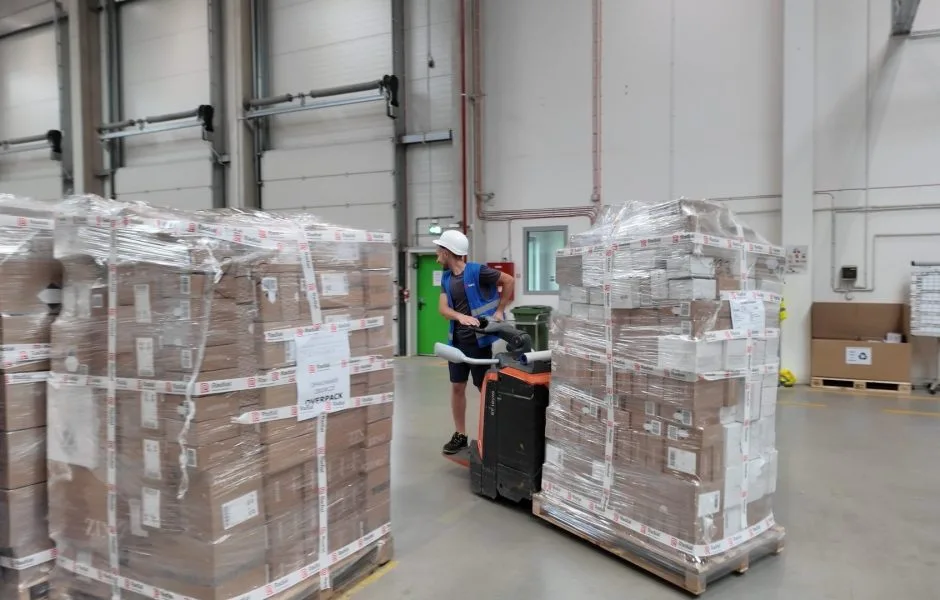
The Black Friday shopping rush brings unique challenges for e-commerce fulfillment, as businesses face a significant surge in orders within a short period. Managing this demand successfully requires careful planning and flexible logistics strategies. Key challenges include:
Inventory management
Striking a balance between overstocking and understocking is critical. Overstocking ties up resources and increases storage costs, while understocking risks missed sales opportunities and customer dissatisfaction. Accurate demand forecasting is essential but challenging given the unpredictable nature of Black Friday shoppingpatterns.
Logistics and delivery speed
The expectation for fast delivery is heightened during Black Friday, as customers look for timely arrival of their purchases ahead of the holiday season. Fulfillment networks often face bottlenecks due to the sheer volume of shipments, particularly for last-mile delivery services.
Cross-border complexity
For businesses serving international markets, navigating customs regulations, varying shipping timelines, and fluctuating costs adds an extra layer of difficulty. Different consumer expectations across regions also complicate operations.
Technology strain
E-commerce platforms and fulfillment technologies can experience overload during peak traffic periods, risking downtime or errors in processing orders. Ensuring system reliability and scalability is a critical focus.
Technology strain
E-commerce platforms and fulfillment technologies can experience overload during peak traffic periods, risking downtime or errors in processing orders. Ensuring system reliability and scalability is a critical focus.
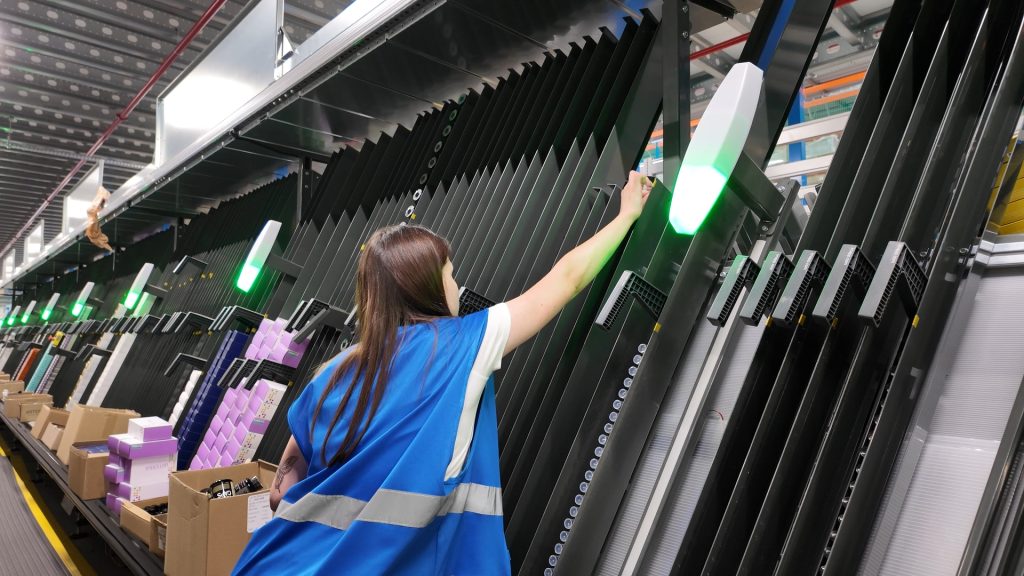
Returns management
Efficient reverse logistics processes are necessary to handle returns quickly and cost-effectively while maintaining customer satisfaction.
Workforce challenges
Fulfillment centers often require additional staff to manage the increased workload, which can lead to logistical challenges in hiring, training, and scheduling seasonal employees.
To overcome these obstacles, businesses must leverage scalable fulfillment solutions, advanced technologies, and robust logistics networks. Meeting these challenges head-on is essential to ensuring a seamless Black Friday experience for customers while protecting profitability.
How Radial can help
At Radial, we understand the unique challenges that come with Black Friday and other peak retail events. As a leader in ecommerce fulfillment, we offer tailored solutions that cater specifically to the needs of each brand, ensuring seamless operations during high-demand periods. With decades of experience in B2C fulfillment, Radial has supported numerous fashion, health, beauty, and DIY brands, helping them manage increased order volumes while maintaining exceptional customer service.
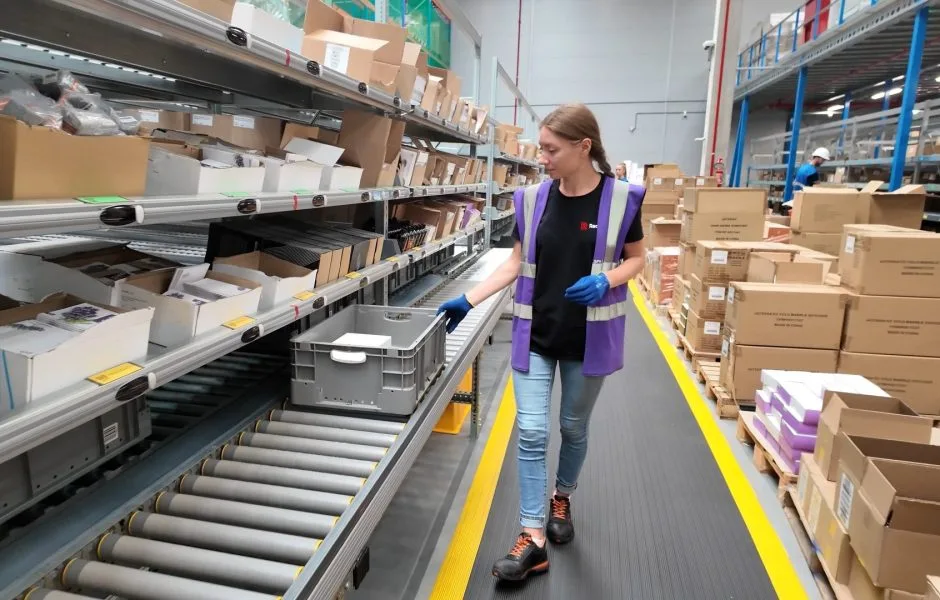
Whether you’re selling in one market or across multiple regions, our fulfillment services are designed to adapt to your business’s scale and complexity. From inventory management to fast and accurate shipping, we leverage the latest technology and our extensive logistics network to deliver reliable, on-time fulfillment. Additionally, our expertise in cross-border shipping allows us to navigate the complexities of international orders, ensuring a smooth experience for both brands and customers.
Radial’s focus on flexibility and scalability means we can help businesses meet the demand of Black Friday without compromising on quality. With our commitment to efficiency and customer satisfaction, Radial is the ideal partner for brands looking to thrive in the competitive ecommerce space.
Black Friday background
The term “Black Friday” was popularized in the 1960s, referring to the day retailers turned their financial ledgers from “red” (loss) to “black” (profit) due to the massive surge in sales.
While its roots lie in American retail culture, Black Friday has evolved into a global shopping event, driven by the rise of e-commerce and international marketing campaigns. In Europe, Black Friday gained momentum in the early 2010s, initially spearheaded by major online retailers such as Amazon. Over the years, it has expanded across physical and digital storefronts, becoming a key date for consumers and businesses alike.
